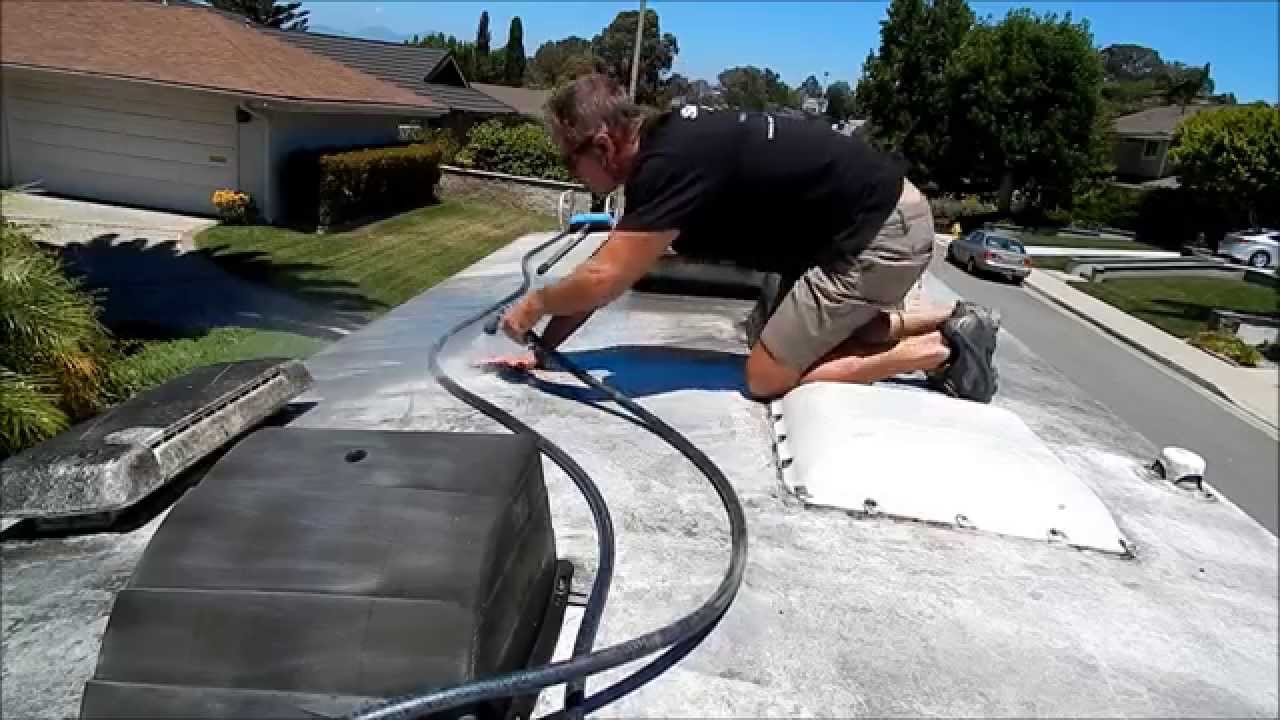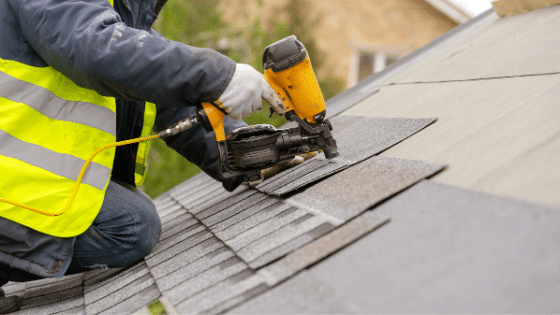 2021 Roof Coating & Sealing Costs
2021 Roof Coating & Sealing Costs
If you think you'll be conserving the roof decking plywood (not changing it), then you may save yourself some cleanup problem by removing the components initially and after that peeling up the rubber! Detail of water damage on camper roofing. More water harmed locations on Recreational Vehicle roofing system decking. There was absolutely nothing actually terrible that made me seem like I was going to fail, however absolutely a lot of damage and I was getting the feeling I would be changing a lot of the roof decking plywood.
 Elastomeric Roof Coatings For Leaks Repair And Maintenace
Elastomeric Roof Coatings For Leaks Repair And Maintenace
More Helpful Hints: roofing Arizona - DC Roofing of Arizona http://andyderp988.jigsy.com/entries/general/2021-roof-coating-sealing-costs
I went for the easiest one first, a vent cap from a kitchen area sink plumbing vent pipeline. Beginning to scrape caulk and sealant. I used a stiff scraper with a chisel-like blade and simply started spying and chipping and scraping and hacking. There is no other way around this, you simply have to start digging up until you expose the screw heads.
Loosening the screws in vent cap. The screws on this vent cap were hex-head metal screws so I utilized a little socket chauffeur to remove them. Some came out tidy. Others were rusted and I had to utilize a vice-grip pliers to get the heads and turn them gradually.
I found an old wasp nest inside the vent cover. This is a sight I'll probably have actually to get utilized to, finding the remains of animal habitation in every nook and cranny. I invest a horrible lot of my time creating good wildlife environment in my lawn so I don't get angered when an animal selects to set up house in my Recreational Vehicle.
Roof Coating Contractor For Elastomeric Roof
Fortunately no one was house in this old nest so I simply tossed it. Perhaps I'll put a screen over it when replacing it. Which brings us to the next point. You should attempt not to damage these pieces (like vent covers and caps) as you're removing the old caulk and sealant just in case you require to utilize them once again.
(Guess I'll discover when the roofing system is done!) Prying up the vent cap and getting rid of the last ring of rubber roof below. So I pried up the rest of the cap and scraped up the remaining rubber roofing system and butyl tape and putty and 25 years of other gunk and here's how it looks cleaned up.
 Everything You Need To Know About Roof Coatings
Everything You Need To Know About Roof Coatings
One down, 7 more components to go. Next I chose to take on the only roofing ventilation fan that my camper has. My roofing vent also had a vent cover over it. So I began scraping the gunk from those screws. Beginning on the roof vent. Hardware exposed on roofing system vent cap, the very first nut came off tidy.
 Your Place: Elastomeric Roof Coatings Last Long, If Not A Lifetime
Your Place: Elastomeric Roof Coatings Last Long, If Not A Lifetime
Bolt is spinning. The fasteners on this Recreational Vehicle roof vent cover were nuts on small bolts. The first one came off fine with an extension socket kit. The second one just started spinning, implying the bolt was not repaired in location but turning along with the nut. Downer. A peek at the hardware holding down the roof vent cover.
Cool King – 7-year White Reflective Elastomeric Roof Coating
I didn't have any great way to hold the bolt in place so rather I decided to saw through the bolts with a reciprocating saw. Sawing through bolts on roofing system vent cover. I utilized a cordless reciprocating saw with a metal-cutting blade however it was challenging to get the blade flat enough to reach the bolts so near to the roof deck. A lot of were so old and rusted that they sheared off when I loosened then with a lot of force. Unscrewing the brackets that held the vent cover in place. Then I scraped more caulk and roofing sealant off the flange of the roofing vent itself. I soon found there were no more screws or hardware holding it down so I gave up on the scraping and went inside the RV After scraping the caulk and sealant from flange of roofing system vent, no more screws! Unscrewing the within cover plate of roofing vent fan in RV bathroom.
A couple sheared off with a great deal of force, however two wouldn't budge. So I had to drill out the screw heads. I chose a drill bit close to the size of the shaft of the screws that I had currently taken out and started drilling. Selecting a drill bit for drilling out a screw head.
Safety glasses recommended. So I drilled out the heads, one popped off and the other I was getting annoyed with and offered it a tug prior to it was drilled through. Instead of popping off the screw head, the plastic simply dissolved around the hot screw head. Whoops. Hope I don't need to reuse this cover.
If not, I'll need larger screw heads when re-assembling. Cover plate eliminated from roof vent. Next I discovered little corner brackets with hex-head bolts holding them in. I unscrewed them (all came out great luckily) and pulled out the brackets and little white plastic spacers. Unscrewing corner brackets in roof vent.
Your Place: Elastomeric Roof Coatings Last Long, If Not A Lifetime
https://www.youtube.com/embed/qvQKJiatP-g
All corner brackets removed, prepared to pull out. When the brackets were out I returned up leading to pry out the the roofing vent. Then I scraped up all the remaining gunk and rubber roofing. Raising off the old roof vent. There are two wires running to the roof vent (a black hot wire and a white neutral wire) that you'll require to clip to get rid of the old vent.

 Log in with Facebook
Log in with Facebook 
 How To Choose The Best Roofing Contractor?
How To Choose The Best Roofing Contractor? How To Choose A Good Roofer: 7 Tips For Choosing A Roofing
How To Choose A Good Roofer: 7 Tips For Choosing A Roofing




